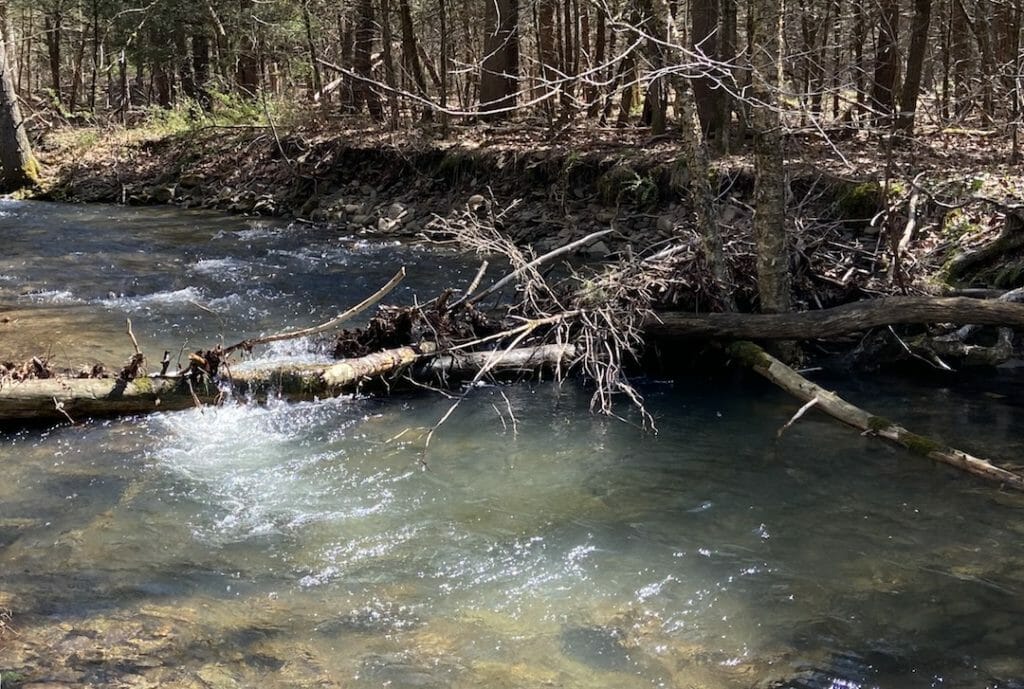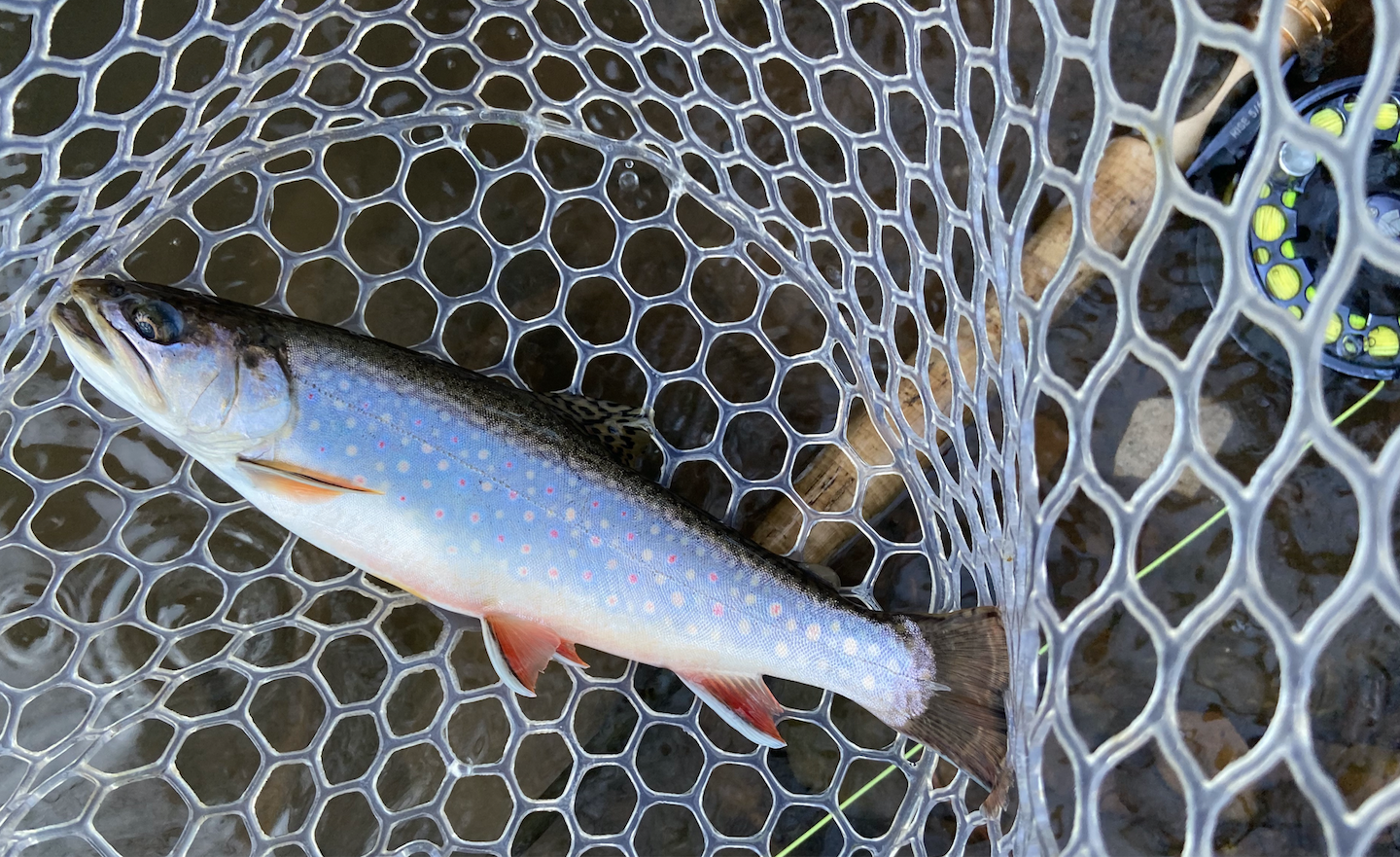Rabid protection of secret spots can be tricky.
I think back to one I protected with a vigor that bordered on irrational paranoia.
It was a small stream not far from Roanoke, Va., and I fished it for the first time not long after I moved to the city in 1998. A new friend had tipped me off because he trusted me and wanted me to catch some nice fish.
This was a small stream with some big wild brown trout. I feared that if the wrong person — say, a skilled bait angler who liked to eat trout — got in there it would impact my personal enjoyment of the stream.
So I never wrote about it. I never talked about it. I was even careful about where I parked for fear someone would spot my vehicle and put the proverbial two and two together. “Why would Taylor be out here? Oh, that’s why!”
The stream ended up dying on its own, a victim of development and the resulting siltation and frequent shots of hot water off parking lots after summer thunderstorms.
I couldn’t help wondering: What if there had been more stakeholders to stand up for protection of the stream as that development expanded within the watershed?
In the roughly 20 years since I tend to err toward not keeping too many secrets. I don’t hesitate to admit, for example, that I spend quite a bit of time fishing Virginia’s Smith and Jackson river tailwaters. Those, admittedly, are well-known trout fisheries but it doesn’t take a high level of deductive reasoning to figure out that I probably wouldn’t fish there if the fishing weren’t better than average.

By talking and even writing openly about places like that I may be inviting more company on the water. But I figure that if those other anglers care as much about the rivers as I do they’re going to be vocal stakeholders if and when those rivers are threatened.
Yet there are still some instances when discretion makes sense, particularly when it comes to small streams.
It’s not that a healthy small stream can’t, from a biological sense, withstand angler pressure. If anglers take some fish out, remaining fish have more access to resources.
It’s really about angler crowding.
We don’t want to pull up to a small stream and see another angler (or more) already there. And we don’t really want other anglers educating those fish more than necessary, right?
A few years ago while driving through Virginia’s mountain hinterlands I decided to check out a little blue line I’d spotted on my map. When I got there it didn’t look like much but I had some time to kill so I pulled out a rod and gave it a shot.
It was pretty good, with lots of wild rainbows and brook trout that acted like they hadn’t seen a fly before. Some were even pretty good-sized.
It’s not so good that I’ll make the long drive just to fish it, but when I’m in the area and have the time I do my best to spend an hour or two fishing it. I don’t sneak around but I do try to keep a relatively low profile, including wearing camo. The stream is next to a road so why advertise, right?
I was in the general area recently and made a little detour to get to the stream.
Fishing was pretty good, but the brookies and rainbows didn’t seem quite as dumb as they were when I fished it for the first time.
Maybe I’m teaching them. Maybe a few other folks are, too.
The reality is, the place isn’t really a secret. It’s not only on regular maps it’s also on the Virginia Department of Game and Inland Fisheries online interactive trout map.
If someone can find it among the hundreds listed, good for them. I just hope we don’t end up there on the same day.
Mark Taylor is Trout Unlimited’s eastern communications director. He lives in Roanoke, Va., in the heart of Blue Ridge trout country.



